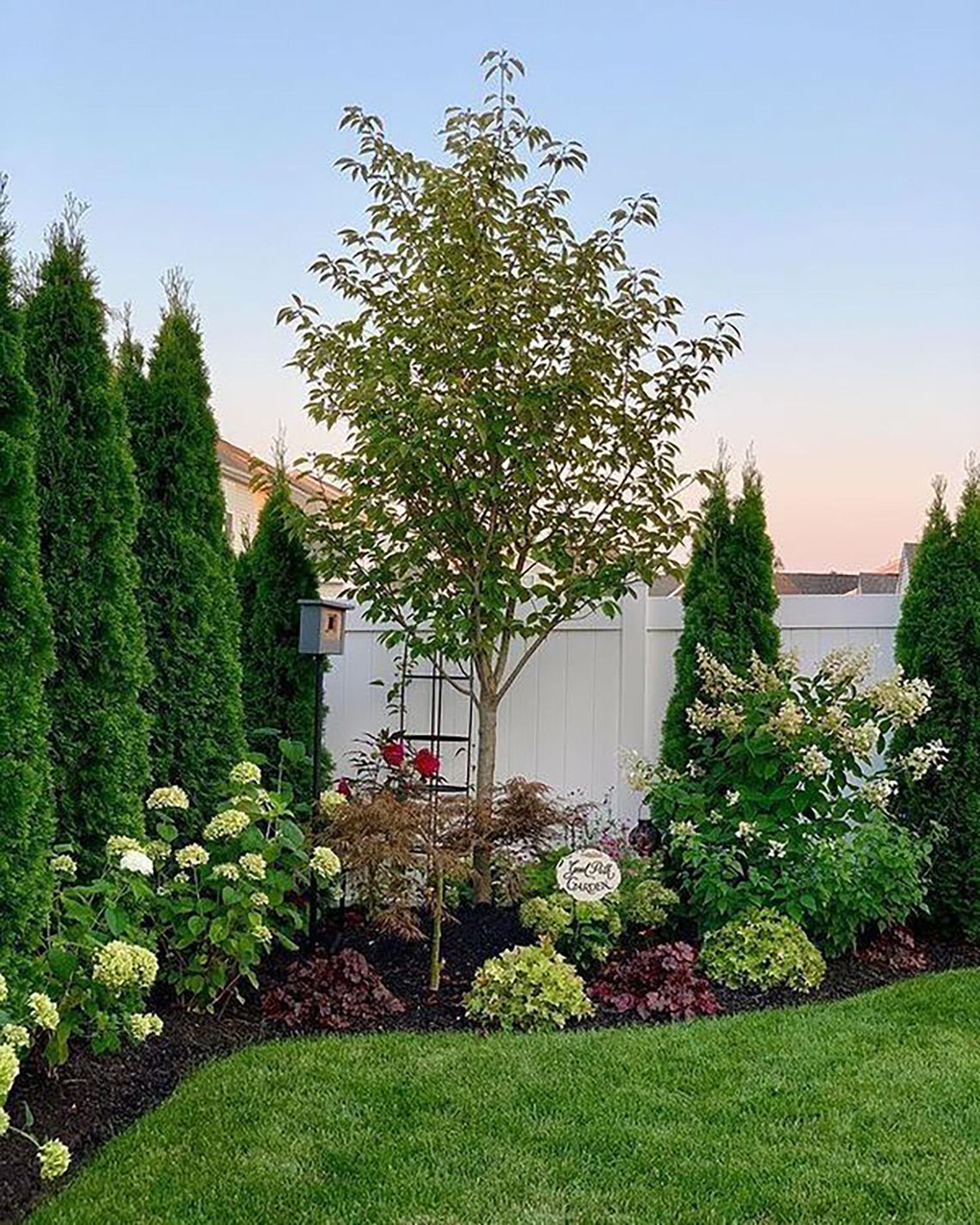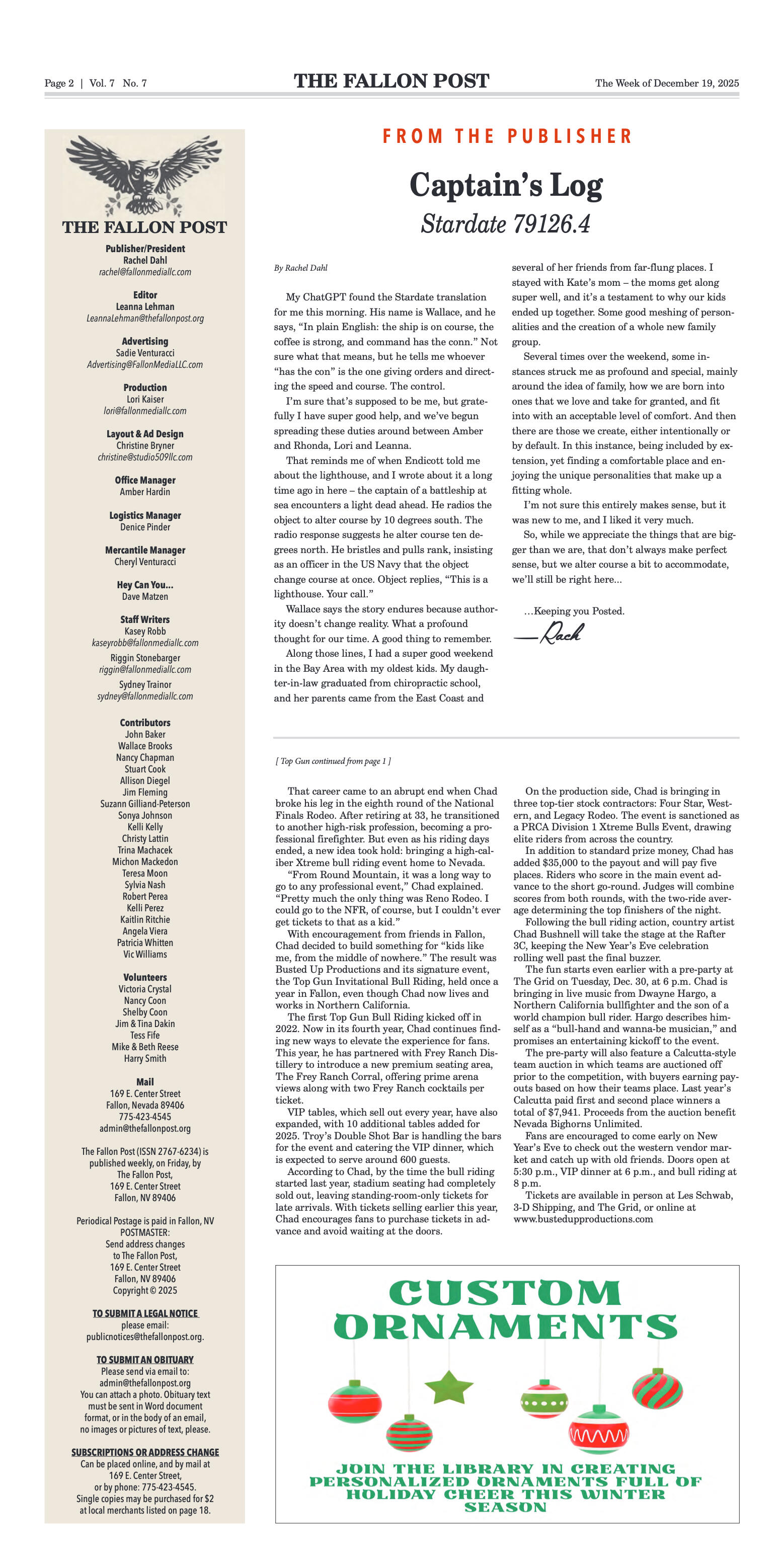This time of year is the time to start thinking about your plants getting ready for fall, advised Liza Detomasi, at Workman Farms. Always think about their roots first. A plant's roots will tell you if they are getting enough water by the health of the leaves.
Keep watering now until the leaves start to fall off and before winter sets in. Once the soil temperature gets below forty-five to fifty-five degrees, the leaves will begin to fall. When winter is here, trees and plants still need to be watered once a month, depending on the soil type. If it is sandy soil, a good watering every month is necessary. If it is clay soil, possibly every other month will work. Dig in the soil next to the plant or tree and determine the kind of soil it lives in, see if the soil is moist or dry, and adjust the watering as necessary.
Don’t rake those pesky leaves up and throw them away. Mow them with a lawn mower, and keep the bits of leaves for mulch. The trees take in nutrients, which go to the leaves. In the fall, when the leaves fall off the trees, they are still packed with nutrients and are great to feed to the plants and trees for the winter.
Apply mulch at the plant base for nutrients about two inches thick. Well-aged chicken or cow manure is ideal, but horse, goat, sheep, or any available composted manure will suffice. If animal waste compost is not available, any kind of tree bark will work if it is in smaller pieces, placed at the base of the plants. Again, feeding the roots of the plants and trees is essential for them to thrive.
Fall or late summer mulching will help retain water, stabilize the soil temperature from the heat or cold, feed the plants and help keep the weeds down. If weeds do start to grow, they are much easier to pull from the mulch than in the soil, because their roots don’t have the soil to cling to.
Workman Farms, located at 4990 Reno Highway, is always available to answer any questions you may have. Or call 775-867-3716.













































Comment
Comments